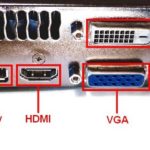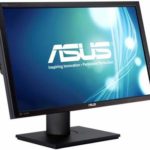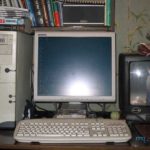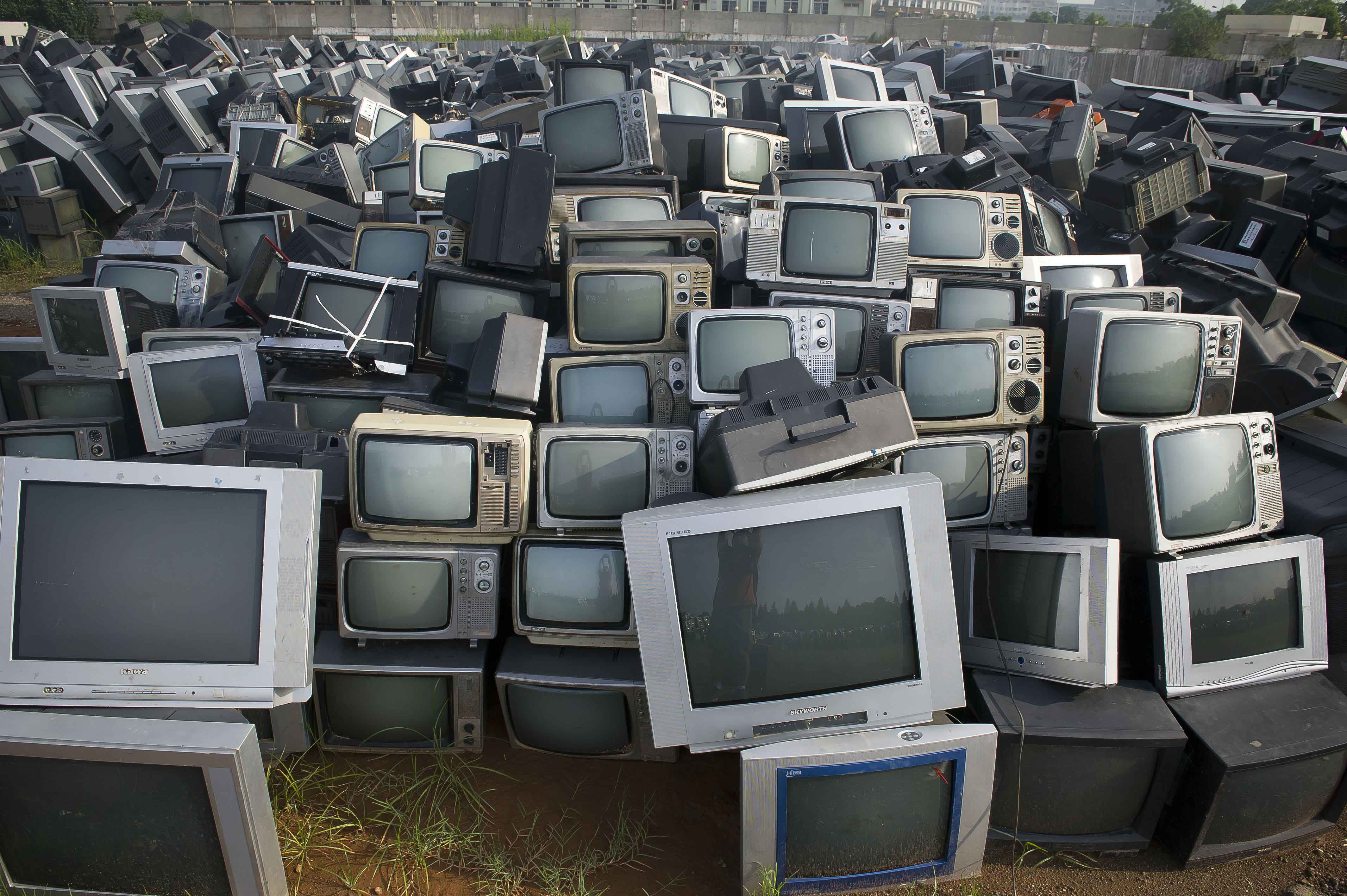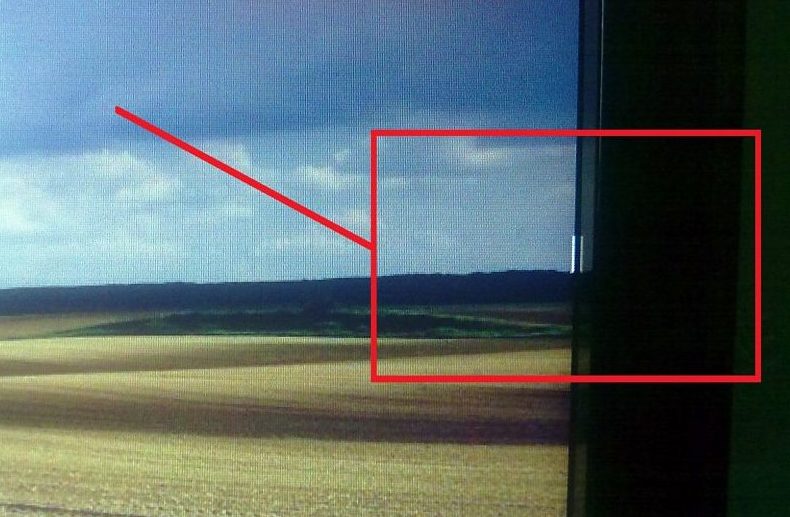Types of LCD monitors
 Until recently, not every user could afford to purchase an LCD monitor. However, over time, their number on the market grew, as did competition among manufacturers. Therefore, the price began to fall. And now almost everyone has access to the necessary monitor model.
Until recently, not every user could afford to purchase an LCD monitor. However, over time, their number on the market grew, as did competition among manufacturers. Therefore, the price began to fall. And now almost everyone has access to the necessary monitor model.
The content of the article
What is an LCD monitor and its features
Liquid crystal technology replaced cathode ray tubes and quickly displaced them from the consumer market.
All modern monitors use this technology. Their operation is based on an active matrix, which is controlled by small flexible transistors.
Unlike old CRT screens, modern models have good ergonomics. There are devices less than 2 cm thick. They are compact, beautiful and can be easily placed on the wall.

The second feature is that the screens are free of radiation and do not flicker. This is due to the fact that the image is updated line by line, while CRT screens updated each pixel individually.
Thanks to the absence of flicker, working on an LCD monitor becomes comfortable, and your eyes do not get tired. They are also capable of very clearly conveying the geometry of objects and consume a small amount of electricity.
Types of LCD monitors
Today, there are several types of matrices used to make monitors. They are all different from each other and have both their pros and cons.
Features of LCD displays
The abbreviation LCD in English is Liquid crystal display, that is, LCD and LCD are the same thing. All existing matrices use exactly this technology in their work and have almost the same design:
- matrix with liquid crystals;
- backlight;
- metal frame to ensure rigidity.
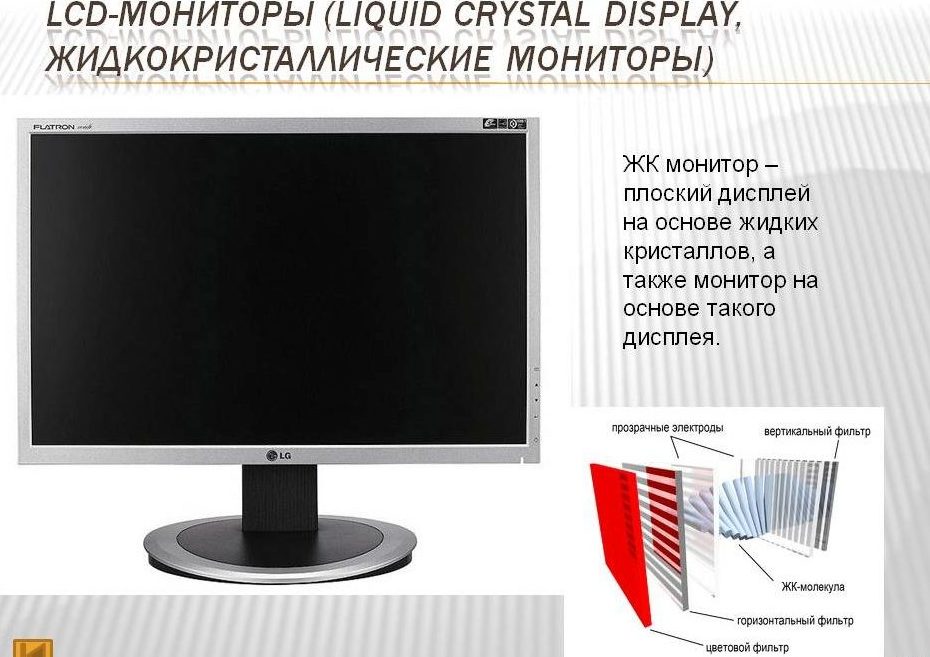
REFERENCE! LCD displays are very popular among manufacturers. They are used in production ranging from wristwatches to televisions.
Characteristics, pros and cons of TFT displays
The most inexpensive and widespread displays. They are made using pixels that are twisted in a spiral. This makes them well suited for watching videos and playing games and having low response times. They also have a very long service life. With proper care, they can last more than ten years.
They also have disadvantages. Their viewing angle is small; if you turn the screen a little, the picture becomes difficult to see. Even if they have an active matrix, they will lose in this characteristic to screens made using IPS or OLED technology. They also cannot boast of color reproduction, good contrast and rich colors.
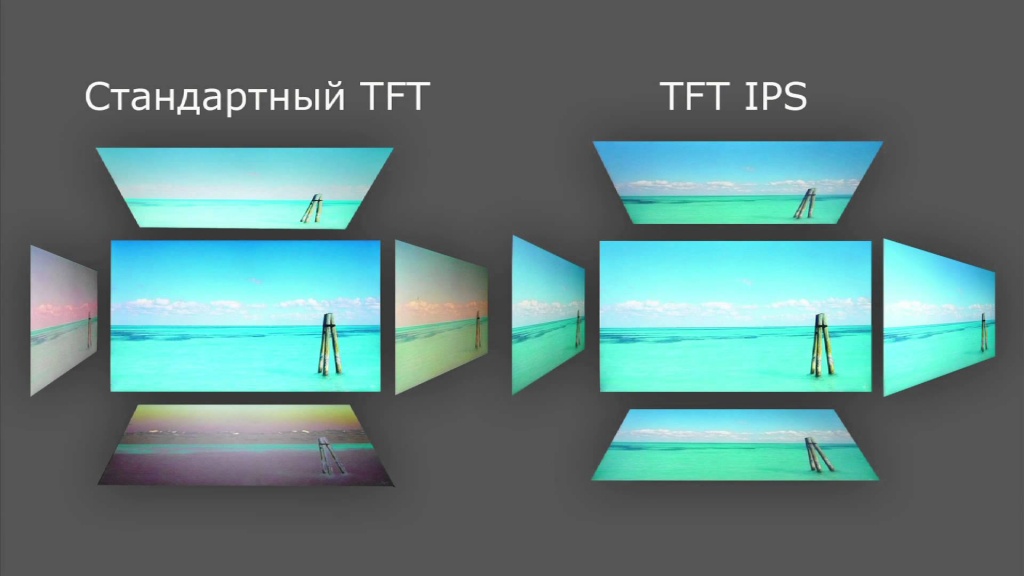
Great option for home or office use. However, they are not suitable for professional purposes, such as design and photography.
Features of IPS monitors
In this option, the pixels are arranged in parallel, and the matrix is active. Therefore, the monitor has a wide viewing angle and good color reproduction.The reproduced image is very colorful, bright and has good contrast. But they are not suitable for video playback, since the parallel arrangement of pixels leads to a long response time; when watching a video, moving objects will leave trails.
They are mainly used by professional photographers and designers, since it is extremely important for them that the color rendition is realistic, and that the viewing angle, color rendition and image brightness are maximized.
These are also quite expensive monitors, mainly aimed at professional use.
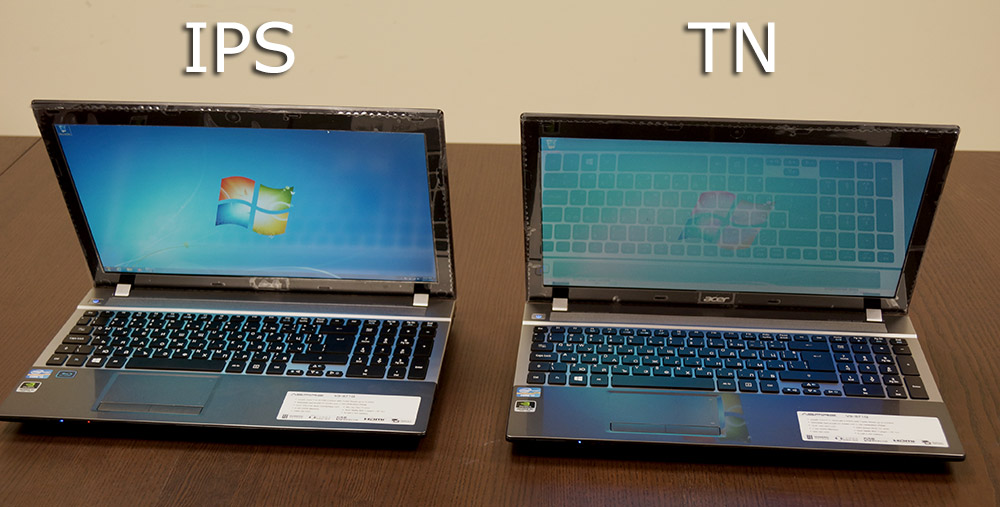
REFERENCE! This technology is used by Apple, which has managed to achieve excellent response times. But they don't share secrets.
What is TN technology
It is a type of LCD technology. The cheapest to produce and the oldest.
Due to the fact that each pixel is unique, such monitors are not suitable for professional use, because the technology does not allow for precise positioning. Since the filter is located horizontally, the viewing angle of such monitors is small. Color rendering and contrast are also low. The advantage is high FPS.
Modern models make it easy to choose a device with the necessary parameters, be it for home or professional use.

